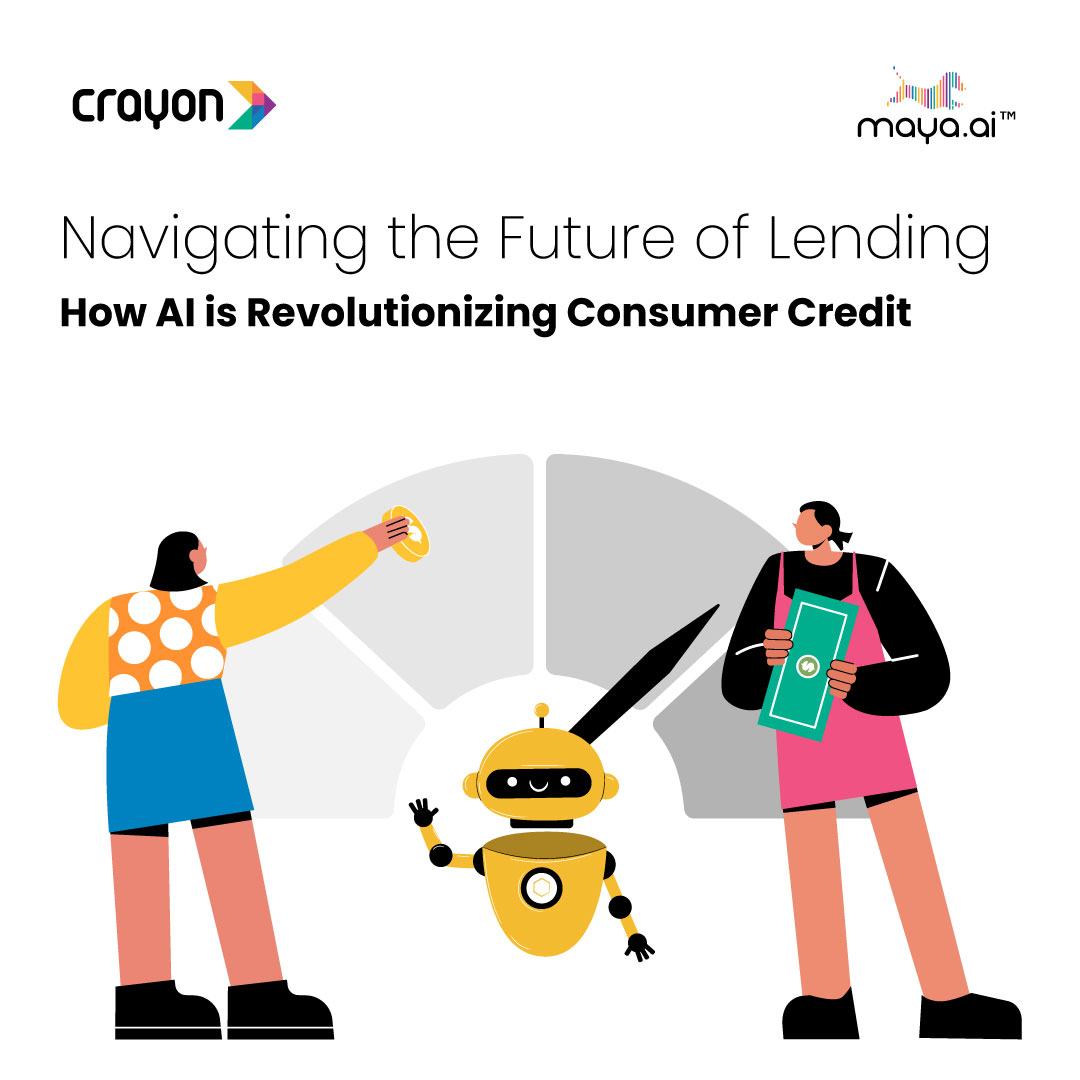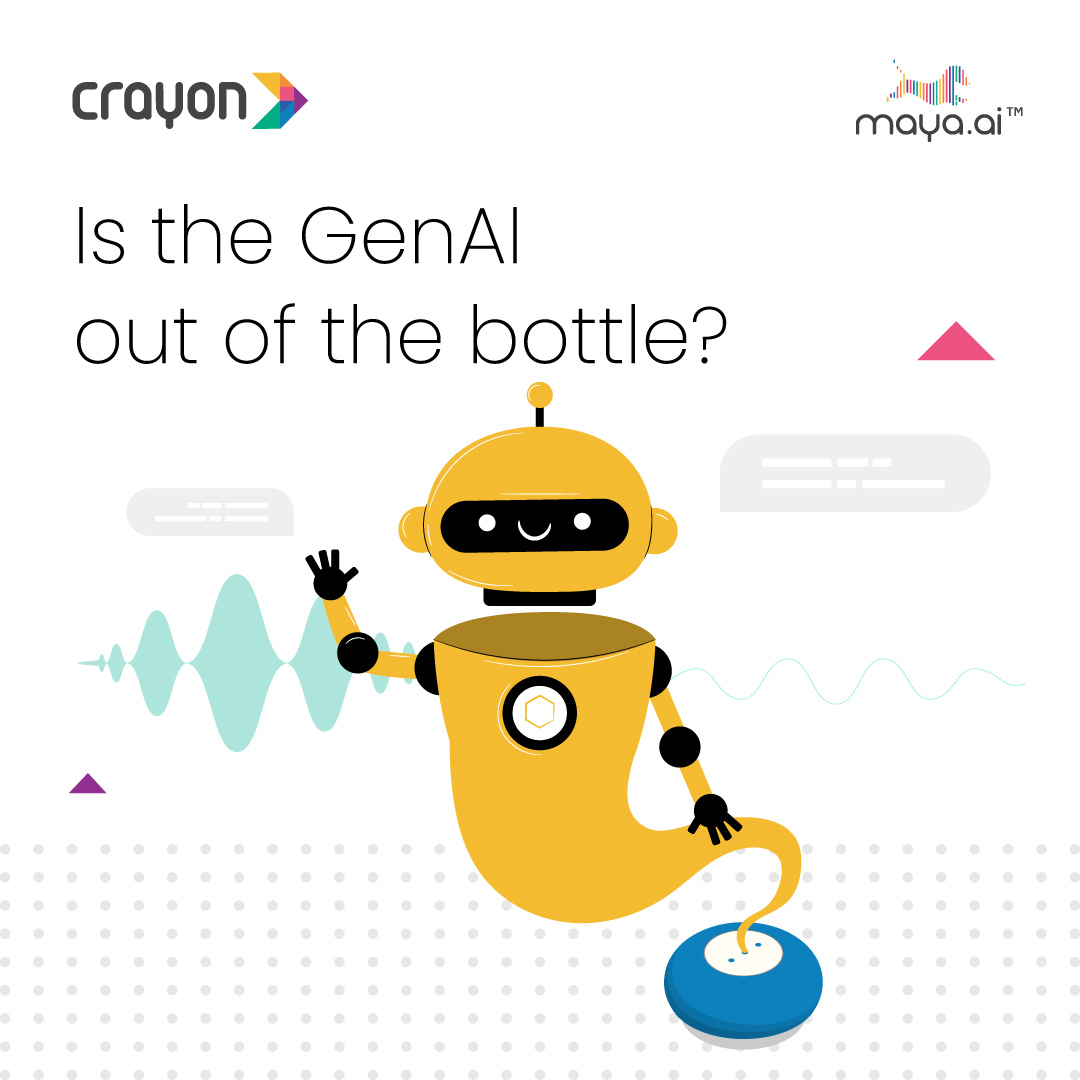It’s exactly a year since Edward Snowden’s revelations about NSA and GCHQ surveillance began to reach the public domain. As a result, we now know quite a lot about the ways the NSA and its overseas franchises have mastered “big data” technology to hoover up our metadata and monitor our clickstreams (which means, by the way, that there’s no such thing as private reading any more – at least for anyone who reads online). But it turns out that all that was just for starters. One of the more recent disclosures is a PowerPoint deck about a GCHQ surveillance programme called Squeaky Dolphin, which suggests that the agencies’ appetite for personal data is even more voracious and bizarre than most of us imagined.
Squeaky Dolphin (the logo shows a cartoon dolphin armed with a can of WD40) is aimed at “broad real-time monitoring of online activity” – which essentially means logs of the YouTube videos you watched, the URLs you “liked” on Facebook and visits you made to blogs. One of the slides in the deck shows a graph of Facebook “likes” for web pages containing the name of Liam Fox, the former Tory defence minister who resigned under a cloud.
Why on earth do the security agencies think they need to try to get inside our minds like this? Are Squeaky Dolphin and programmes like it examples of pathological “mission creep”? Are the NSA and GCHQ doing this simply because they can – because it’s technically feasible? Has big data’s appetite for data become insatiable?




